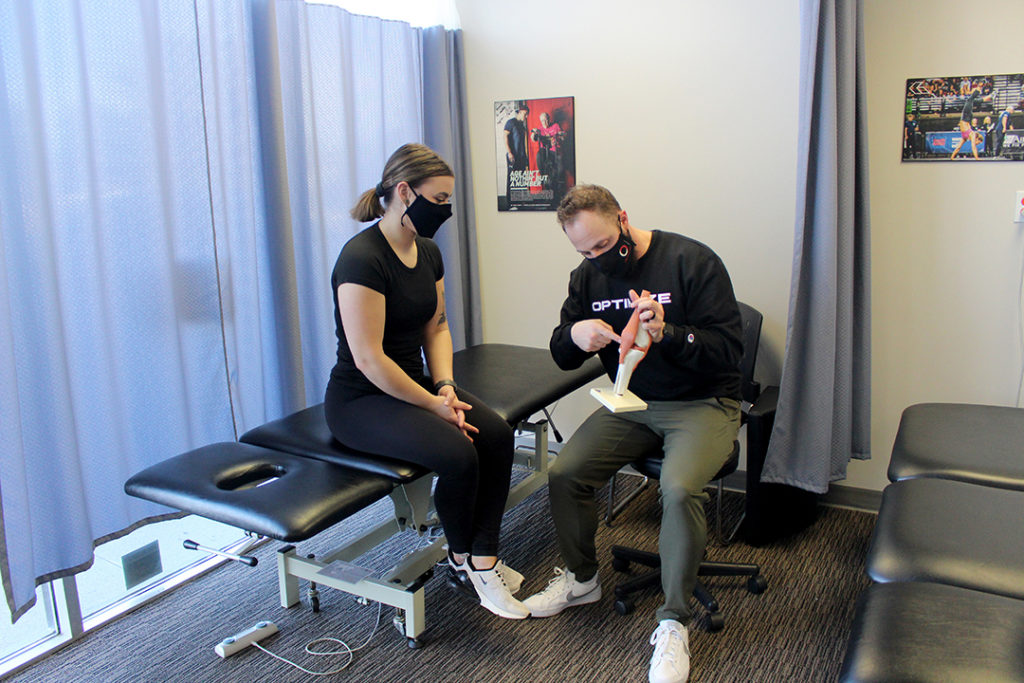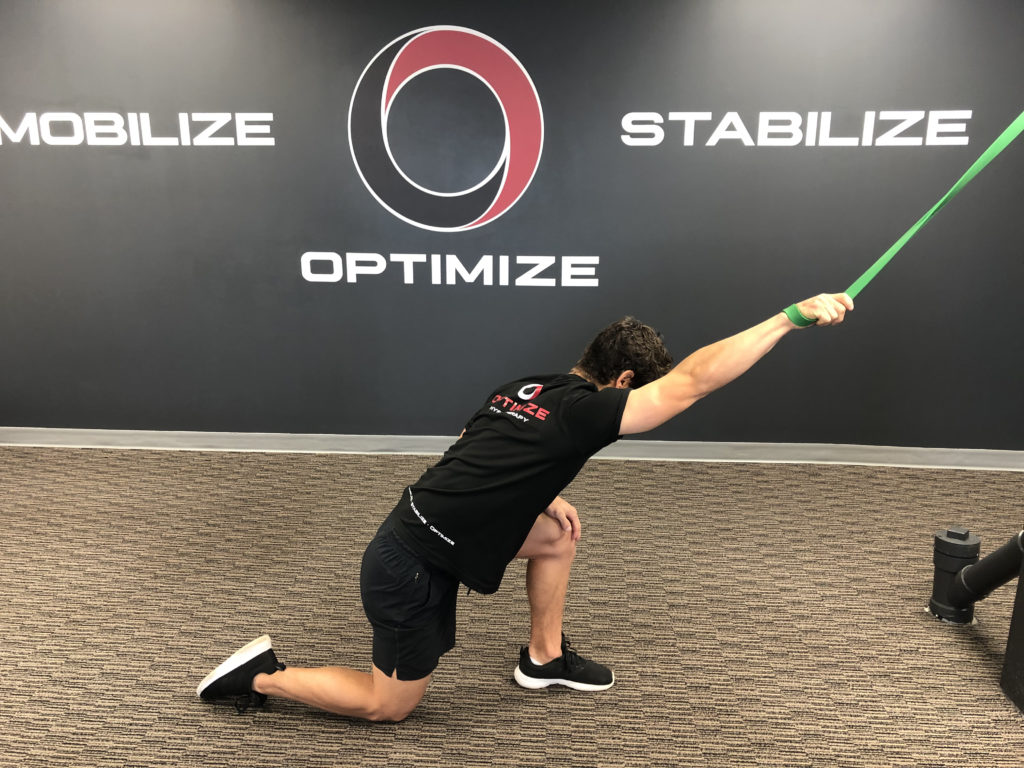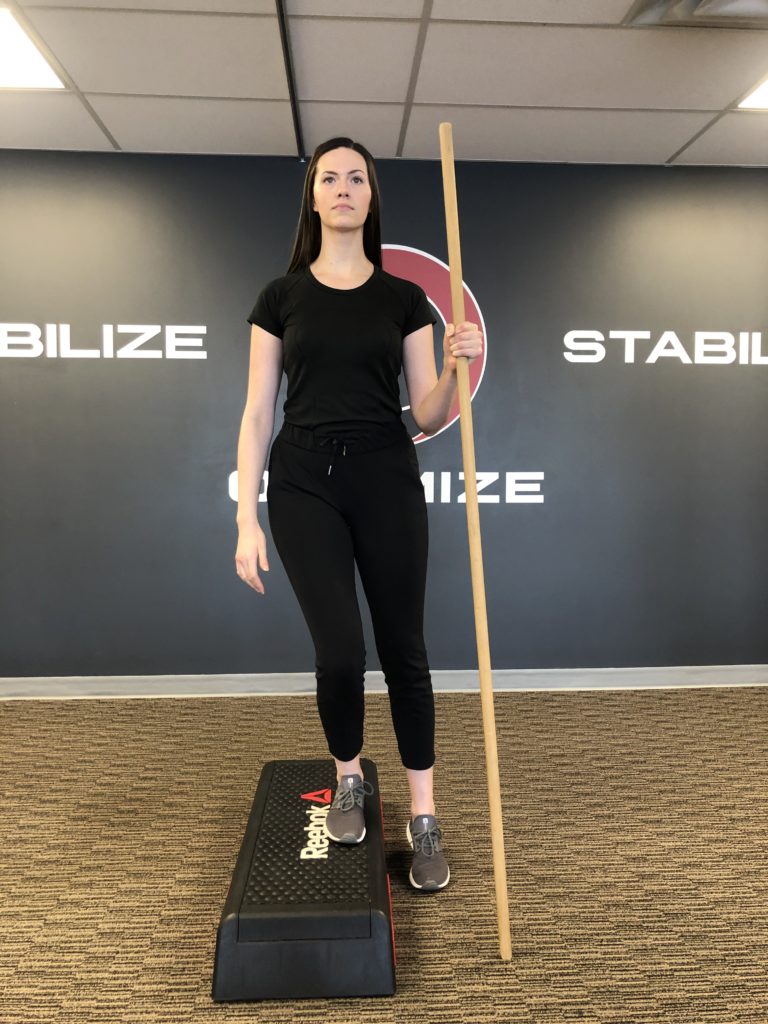Control to Chaos: A Return to Sport Continuum
“This type of injury usually lasts 4-6 weeks.”
“This could take anywhere from 6-12 months”
“When can you run again? Well, that depends…”
All phrases you wish you could push back into your physiotherapist’s mouth!
After an injury disrupts your sport performance the shortest path back to function is the
best one, right? Almost. The ultimate goal of rehabilitation is to improve overall functional and performance while minimizing risk of re-injury. A physiotherapist’s job is to find the balance between adapted participation/quick return, and the risk of re-injury (not an easy gig by the way!) The ‘control-chaos continuum’ is an adaptable pathway progressing training from high control to high chaos; it is also a good paradigm to help an athlete understand the formula for rehabilitation in return to sport.

When it comes to athlete rehabilitation there are a general set of principles. This involves:
- Re-training neuromuscular control (brain to muscle connection)
- Re-strengthening isolated muscles (by stressing the tissue and progressively increasing its load)
- Strengthening and training muscle groups to work together using compound or more complex exercises.
- Training with specificity for function (sport or movement specific)
This is where Optimize fits in! Beyond return to sport they push for return to
performance. Performance looks different in every domain, as does the training. A triathlete
must prepare for 3 different activities with 3 different set of demands on the body; the muscles experience microtraumas which can lead to, or stem from even small biomechanical issues. A soccer player must be able to use fine footwork with pressure from an opponent while sprinting. In order for any of these athletes to return to a level of capability that allows them to be competitive they need to progressively train to meet the physical, technical, and tactical loads of their activity AND do this well enough that the risk of reinjury is satisfactorily low.

The control-chaos continuum can be applied to short- and long-term injuries with adjustments for injury severity and return to sport requirements 4 . Rehab advancement is CRITERIA LED rather than TIME DEPENDENT so an athlete must be able to perform certain tasks before they progress. Task demands and environmental constraints are manipulated to influence how an athlete must vary their movements to deal with risk management in unpredictable situations.
An athlete begins re-training under a high control environment; controlled speeds,
loads, impact, and cognitive demands allow them to re-condition their muscles in a safe
environment. In reference to high level soccer, Matt Taberner describes “As these constraints are reduced, we gradually increase situational awareness, sensory integration, motor control, coordination and neuromuscular demands. They are also required to perceive and respond to increasingly complex, unpredictable situations including movement of other players, opponents and interaction with the ball. ”
Under moderate control we add new challenges and movement variability such as quick
change in direction, accelerations and decelerations 4 . Training begins to resemble the
neuromuscular and physiological demands of the desired activity.

The chaos end of the continuum reflects the unpredictable nature of high-level activity; spontaneity is required to respond to external influences. There is overload of sport specific principles, increase in load, intensity, speed and endurance; technical considerations are dialed
in and demanded under fatigue. The goal is to simulate worst-case scenarios in which the athlete must maintain performance and safety.
There are no tests or checks we can simulate that will match the demands of competition; the goal is to identify key considerations particular to the injury and sport and recognize the complexity in how a body adapts to perform it. Return to sport after an injury is an unfortunate experience shared by many, as is the desperation to do so as quickly as possible. A physical therapist from Optimize is the perfect someone to balance drive with rehab progression principles. They work with you as a team to get you back to what you like to do at the level you like to do it.